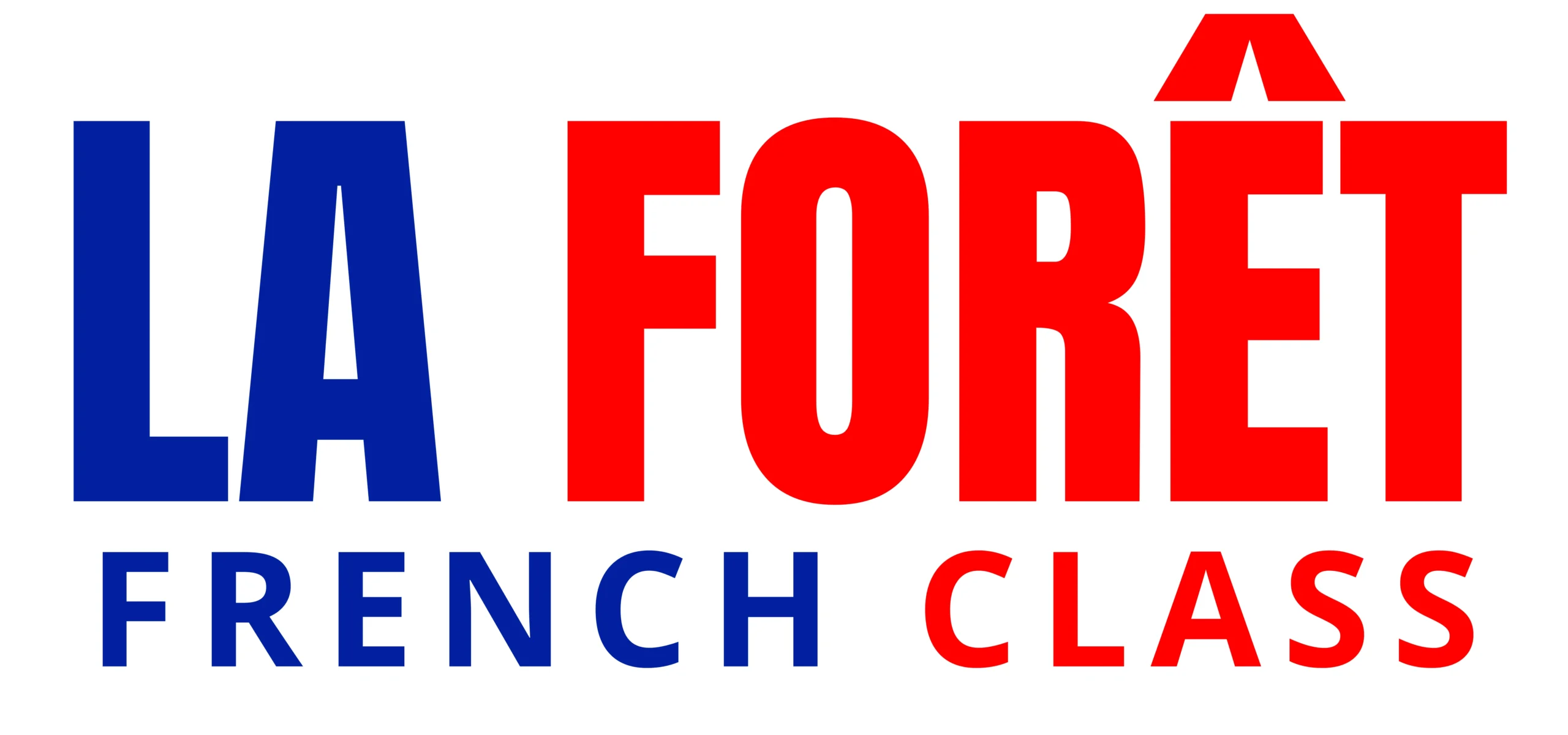The French partitive article is an essential aspect of the language, particularly when it comes to expressing quantities of non-countable nouns. Unlike in English, where we might use phrases like “some bread” or “any water,” French uses specific partitive articles to convey these meanings. Understanding and using these articles correctly is crucial for achieving fluency and precision in French.
What is the Partitive Article (Article partitif)?
The partitive article is used to indicate an unspecified quantity of a substance or a part of a whole that cannot be easily counted. In English, this is often translated as “some” or “any.” In French, there are four main forms of the partitive article: du, de la, de l’, and des.
Forms of the Partitive Article
1. Du: It is used before masculine singular nouns.
Example: du pain (some bread)
2. De la: It is used before feminine singular nouns.
Example: de la confiture (some jam)
3. De l‘: It is used before singular nouns (masculine or feminine) that begin with a vowel or a mute ‘h’.
Example: de l’eau (some water)
Example: de l’huile (some oil)
4. Des: It is used before plural nouns irrespective of the gender of the nouns.
Example: des légumes (some vegetables)
Example: des voitures (some cars)
Grammar Made Easy as Bonjour!
Our tutors guide you through tricky grammar points to make French a breeze.
Usage of the Partitive Article
General Rules
The partitive article is used when referring to an unspecified amount of something that cannot be counted. It is commonly used with food, drink, and other substances or concepts that are typically measured rather than counted.
Example:
Je veux du fromage. (I want some cheese.)
Elle boit de la soupe. (She is drinking some soup.)
Nous avons de l’argent. (We have some money.)
Ils achètent des fruits. (They are buying some fruits.)
Exceptions and Special Cases
1. Negation
When making a sentence negative, the partitive article changes to de or d’ (before a vowel or mute ‘h’) regardless of the gender or number of the noun.
Example:
Je veux du pain. (I want some bread.)
Je ne veux pas de pain. (I do not want any bread.)
Il boit de l’eau. (He is drinking some water.)
Il ne boit pas d’eau. (He is not drinking any water.)
2. Expressions of Quantity
After expressions of quantity such as beaucoup de (a lot of), peu de (little/few), assez de (enough), trop de (too much/many), and others, the partitive article changes to de or d’.
Example:
Il mange beaucoup de pain. (He eats a lot of bread.)
Elle a peu de patience. (She has little patience.)
Nous avons assez d’eau. (We have enough water.)
Il y a trop de bruit. (There is too much noise.
Usage with Certain Verbs
Certain verbs tend to be followed by the partitive article when referring to consuming or using an indefinite amount of something. Common verbs include manger (to eat), boire (to drink), prendre (to take), acheter (to buy), and vouloir (to want).
Example:
Elle mange du chocolat. (She is eating some chocolate.)
Nous buvons de la limonade. (We are drinking some lemonade.)
Ils prennent des notes. (They are taking notes.)
Partitive Article vs. Indefinite Article
It is important to distinguish between the partitive article and the indefinite article (un, une, des) which refers to a whole item or items.
Example:
Je mange une pomme. (I am eating an apple. – a whole apple)
Je mange de la pomme. (I am eating some apple. – a part of an apple, e.g., apple slices)
Advanced Considerations
Partitive Article in the Plural
In plural contexts, des can function as both the plural indefinite article and the partitive article. Context helps determine the meaning.
J’achète des pommes. (I am buying some apples. – partitive)
Il y a des enfants dans le parc. (There are children in the park. – indefinite)
Regional Variations
In some French-speaking regions, particularly in informal speech, the use of the partitive article might be less strict. Speakers may sometimes omit it or use it differently from standard French norms. For example, in Quebec French, you might hear “Je veux de la lait” instead of the standard “Je veux du lait.”
Formal and Literary French
In formal or literary contexts, the use of the partitive article is more precise and can sometimes reflect more nuanced meanings. Writers may use the partitive to convey subtle distinctions between part and whole, or between definite and indefinite quantities.
Il y a du courage en elle. (There is some courage in her – suggesting a quality she possesses)
Il y a le courage de ses convictions. (There is the courage of her convictions – more definitive and specific)
Conclusion
Mastering the French partitive article is essential for fluency, allowing precise expression of quantities and parts of a whole. By understanding and practicing the rules for du, de la, de l’, and des, learners can communicate more effectively. Pay special attention to contexts like negation and expressions of quantity. For further learning and practice, consider taking La Forêt Online French Class for all level learners.





